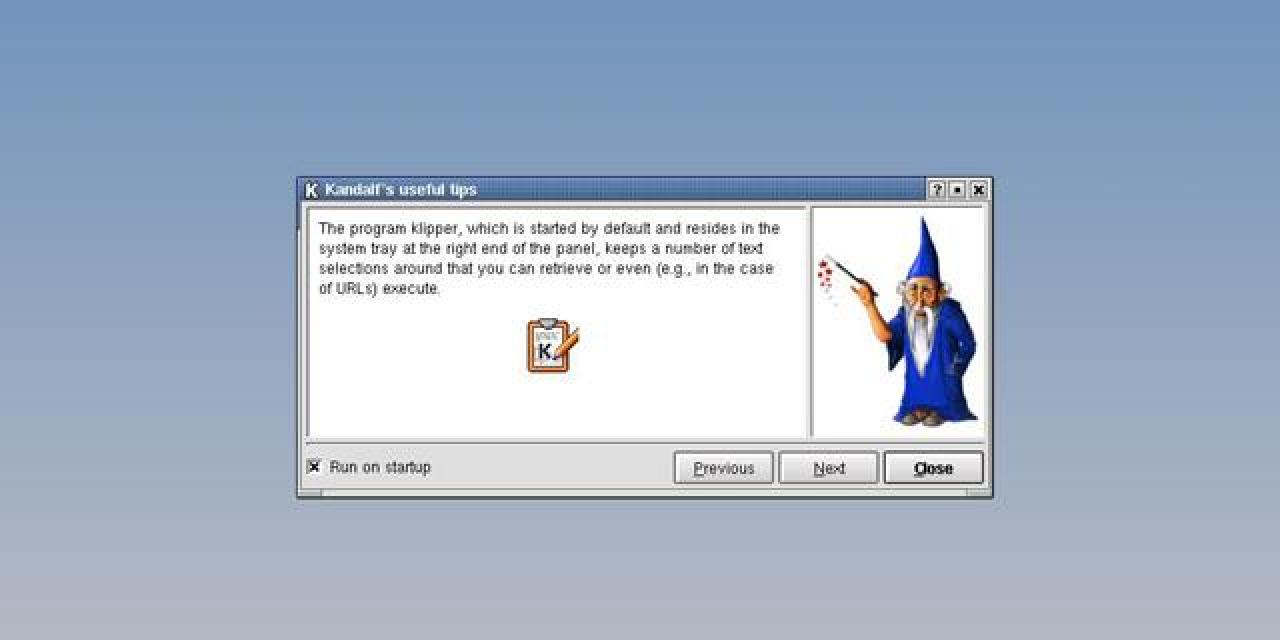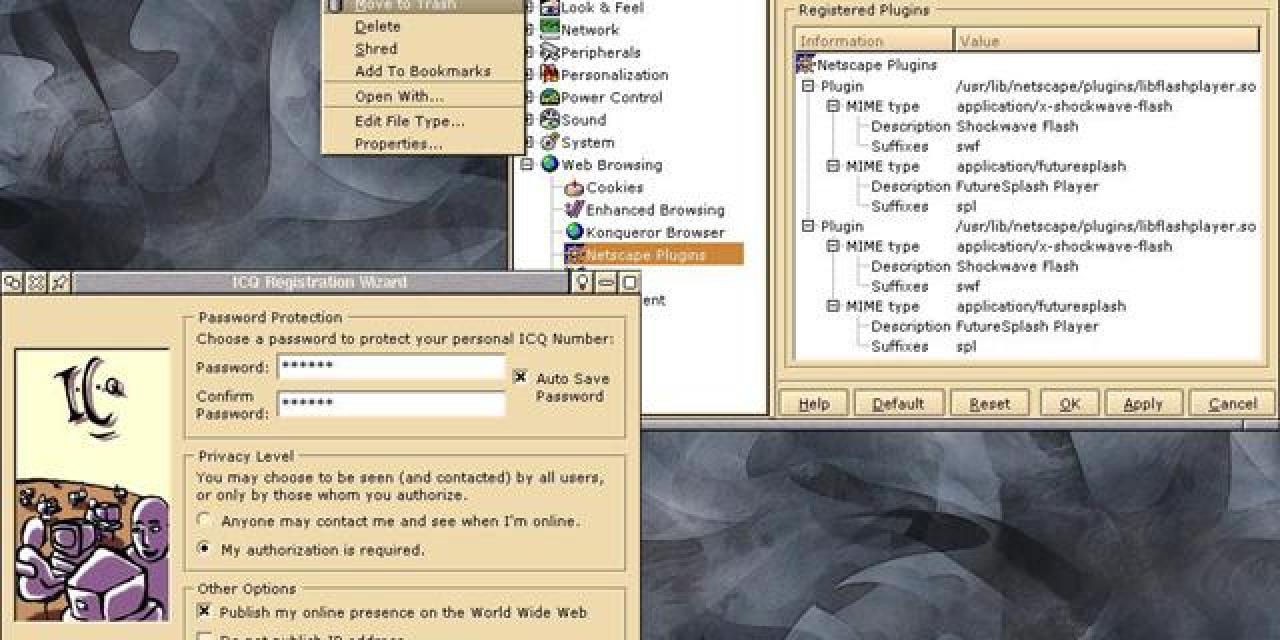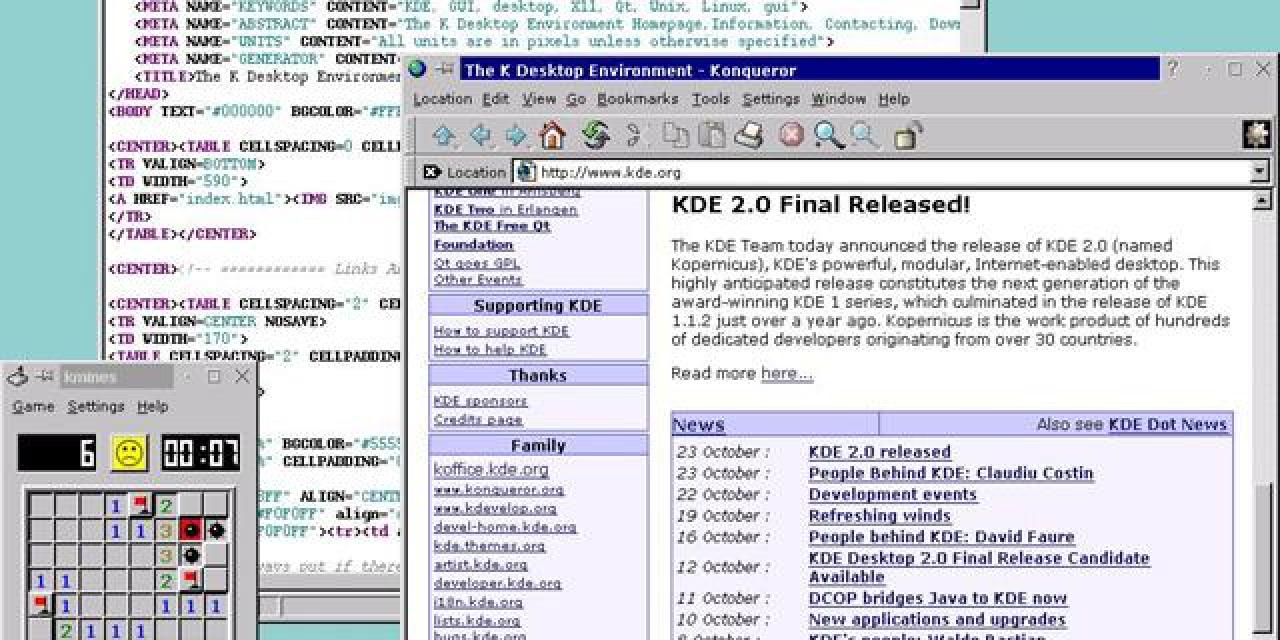


The KDE Team today announced the release of KDE 2.0 (named Kopernicus), KDE's powerful, modular, Internet-enabled desktop. This highly anticipated release constitutes the next generation of the award-winning KDE 1 series, which culminated in the release of KDE 1.1.2 just over a year ago. Kopernicus is the work product of hundreds of dedicated developers originating from over 30 countries.
"With the experience gained from developing KDE 1, we almost completely re-engineered KDE 2 to make it even more intuitive, powerful and user friendly," explained Matthias Ettrich, founder of the KDE project. "We think that current KDE users will be pleasantly surprised with the remarkable improvements we have achieved. KDE 2 offers the desktop user the benefit of standards compliance and an array of new technologies, from Konqueror, a full featured web browser and file manager, to KOffice, an integrated office suite, as well as a slew of usability enhancements, such as KDE's expanded themeability and configurability and a new KDE Help Center. It also offers developers an assortment of powerful new tools -- from KParts, KDE's component object technology, to KIO, KDE's network transparent I/O architecture -- for rapid development and deployment of first-rate free or proprietary software."
All of KDE 2.0 is available for free under an Open Source license. Likewise, Trolltech'stm Qt 2.2.1, the GUI toolkit on which KDE is based, is now available for free under two Open Source licenses: the Q Public License and the GNU General Public License.








